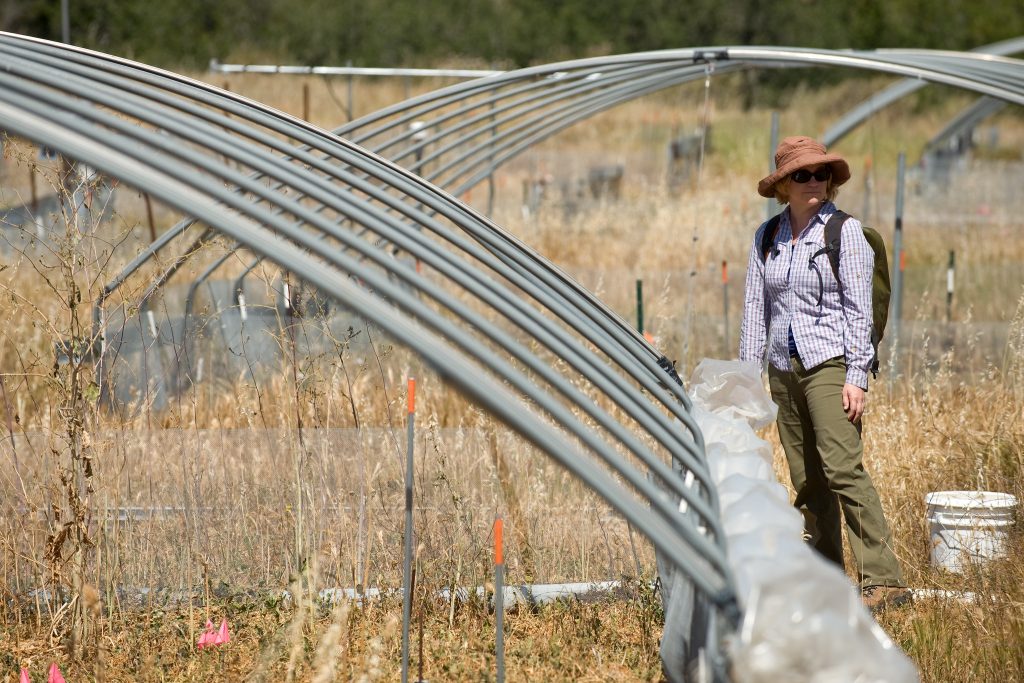
A group of researchers in the Biological Sciences School lead by Drs. Sarah Kimball, the assistant director of UCI’s Center for Environmental Biology, and Travis E. Huxman, Professor of Ecology and Evolutionary Biology and Director of the Center for Environmental Biology, sought to answer the following question regarding Ecological Restoration Projects: Is it practical to begin a project when there seemingly isn’t enough funding to finish?
Working with the nonprofit Irvine Ranch Conservancy in the foothills of northern Irvine, Drs. Kimball, Huxman and colleagues evaluated over 110 different approaches to restoring coastal sage scrub and California grassland, the globally-rare and dominant ecosystem types in Southern California. The researchers discovered that with careful attention to implementation strategy and approaches to managing non-native species, land managers can enhance their restoration efforts by cutting their costs up to 90 percent.
The study found that the most cost-effective methods of ecological restoration resulted in the highest native cover per dollar spent, but were not the same as the methods that resulted in the highest cover, regardless of cost. Restoration practitioners will need to determine whether the goal is to restore the largest area possible with funding available or to achieve the greatest native cover on a smaller area site when spending fixed funds.
“The managers and property owners of our local ecological reserves have to operate like any other business,” says Dr. Sarah Kimball. “They have to strategically decide on how to maximize the impact of limited budgets on creating or restoring habitat for threatened and endangered species.”
